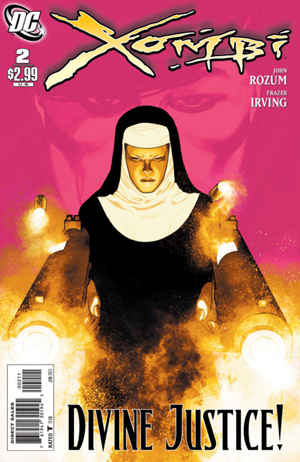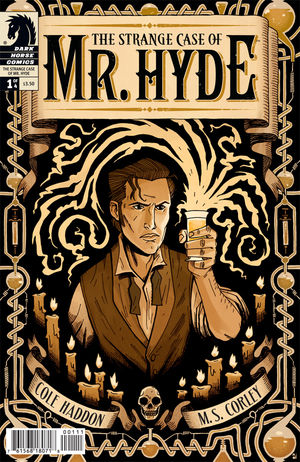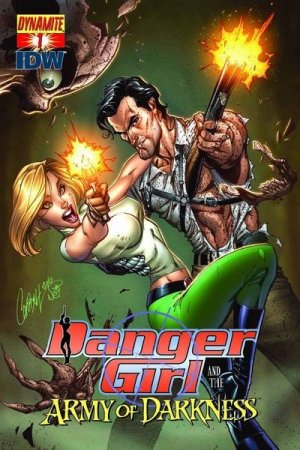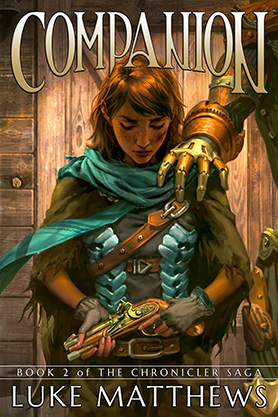Story by Marjorie Liu
Art by Sana Takeda
Picking up soon after the events of the X-23/Daken crossover, issue 10 follows Laura and Gambit as they travel to Paris with clues about X-23’s blood-soaked past. The summary page for the issue expects the reader to enter the story with the conceit that X is looking for more clues, or answers to clarify the clues she received at the end of the last story arc.
The issue, however, follows a different path: One that’s more about Laura’s deteriorating mental state and her descent into crippling angst than following her on her quest for answers. We’re given many opportunities to pause on Laura’s grief stricken face as she agonizes over her situation. At the very start of the issue, one such moment shows her cutting her own wrists in a restaurant bathroom, an irrational act which she knows will have no real effect, only deepening her disquiet.
Previous characterizations of X-23 have shown her to be deeply troubled, buried in her daily struggle to reconcile her new life with that of her old self, but never has the portrayal felt as ham-handed as it does here. Although she has much more trauma to cope with than any normal teen girl would, her character in previous issues has felt, with a few exceptions, much more grounded and determined. She was handed a gift-wrapped purpose by Daken in Madripoor, and yet she chooses to spend the following weeks wallowing in clichéd depictions of self-loathing.
I was disappointed with the turn in this book, and especially with the final scene. There is little character growth here for Laura or Remy, and the whole issue is feels a bit banal. A character taking a path I don’t like can be interesting, but this lacks any real depth or development.





